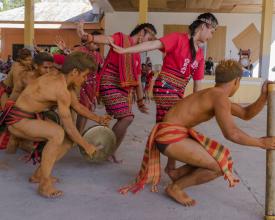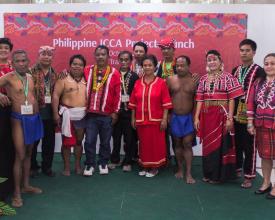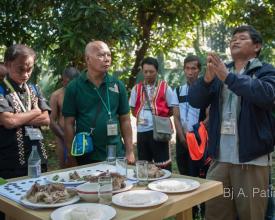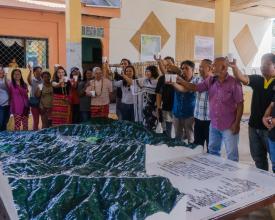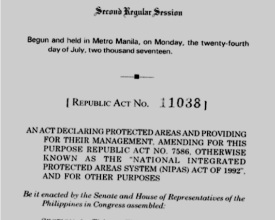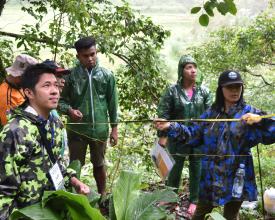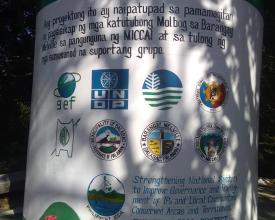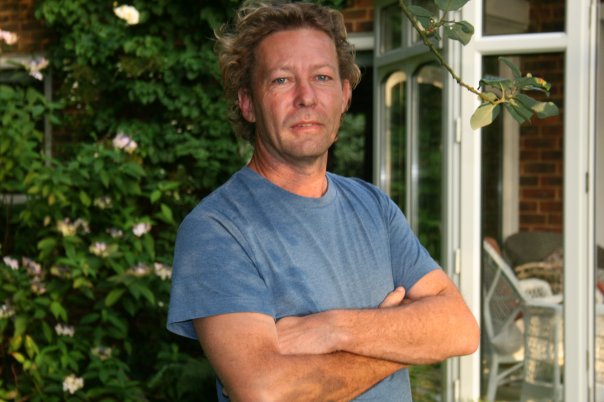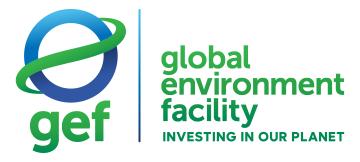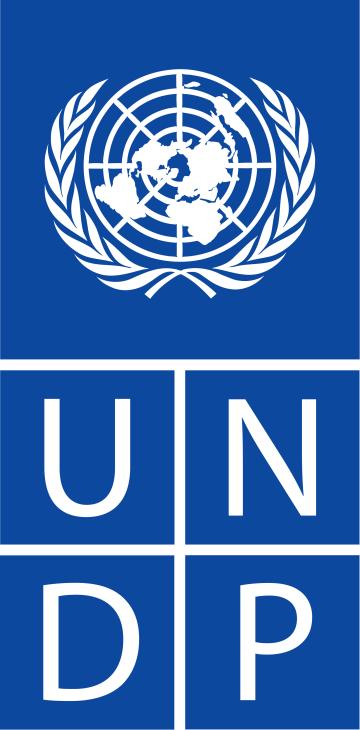
Strengthening National Systems to Improve Governance and Management of ICCAs in the Philippines
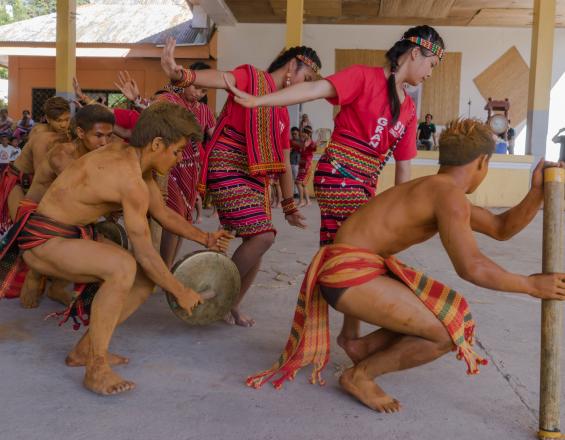
With the threat of loss of biodiversity and exploitation of IP lands and communities in some areas of the Philippines, the Biodiversity Management Bureau - Department of Environment and Natural Resources (BMB-DENR), along with United Nations Development Programme (UNDP), National Commission on Indigenous Peoples (NCIP), and the Philippine Association for Intercultural Development developed a project that is directed toward strengthening the conservation, protection, and management of key biodiversity sites in the Philippines by improving the governance and management of Indigenous Peoples and Local Communities Conserved Areas and Territories (ICCAs).
Context
Challenges addressed
Most of the ICCAs in the Philippines coincides with the ancestral lands of IP communities. However, conservation practices are not adequately and effectively documented among these communities. Furthermore, these KBAs are singled out for mining and agri-forestry by local and international companies, which takes the IPs away from their tribal sacred grounds, homes, and livelihood.
Location
Process
Summary of the process
Through the harmonized policies, the recognition and support ICCAs are presented with lead to the improvement of the lives of IP communities and the skills of the implementing agencies - strengthening their capacities.
Building Blocks
Harmonizing and implementing policies
New policies are created and former policies are consolidated to recognize and support ICCAs overlapping with protected areas. Policies are harmonized to establish common ground among the stakeholders and the IPs living within the area for the recognition, respect, development, and promotion of ICCAs as protected areas in the country. These policies are also in line with the country’s targets on the Sustainable Development Goals, Convention on Biological Diversity’s (CBD) Aichi targets, Philippine Development Plan, and Philippine Biodiversity Strategy and Action Plan (PBSAP).
Enabling factors
- Collaboration and mutual understanding between the IPs and government agencies
- Acceptance of the State with the revised ICCA guidelines and bill
Lesson learned
It is essential that IP members participate in crafting and lobbying of policy guidelines to have a solid ground on how to conserve, protect, and manage these ICCAs.
Capacity building for effective governance and management of ICCAs
The purpose of this building block is to strengthen the capacities of the 10 IP communities and the implementing agencies. IPs are empowered and supported with biodiversity-friendly livelihoods to ensure that their potential is maximized. As for the implementing agencies, personnel is trained on ICCA documentation and cultural appreciation for them to provide adequate support and informed guidance to the IP communities.
Enabling factors
- Development of community conservation plans.
- Participation in ICCA documentation training.
Lesson learned
Aside from the IPs, it is also essential that the capacities of government personnel who are implementing the Project are strengthened since they will be the ones to continue the institutionalization of ICCAs.
Impacts
This project aims to solodify the regulatory framework and administrative procedures to maximize the potential of indigenous peoples (IPs) and key stakeholders for effective control of ICCAs. This project also directs toward making IP communities capable and active partners in conservation by working with 10 IP communities all over the Philippines.
Ever since the project was implemented in 2015, it has delineated more than 150,000 hectares of ICCAs in Key Biodiversity Areas (KBAs). Aside from tracing and recognizing these areas, the project has:
- inventoried the precious flora and fauna living within it;
- documented the communities' traditional resource management systems;
- launched ten biodiversity-friendly livelihoods that benefitted 50,000 individuals, 46% of whom are women;
- successfully lobbied to include ICCAs in the ENIPAS Law of 2018;
- and trained DENR and NCIP personnel on ICCA Documentation and Cultural Appreciation.
Beneficiaries
- Indigenous people and their sacred grounds
- Flora and fauna
- Other people residing in the KBAs of Kalinga, Ifugao, Nueva Vizcaya, Aurora, Bataan, Palawan, Agusan Del Sur, Surigao Del Sur, Bukidnon, and North Cotabato
